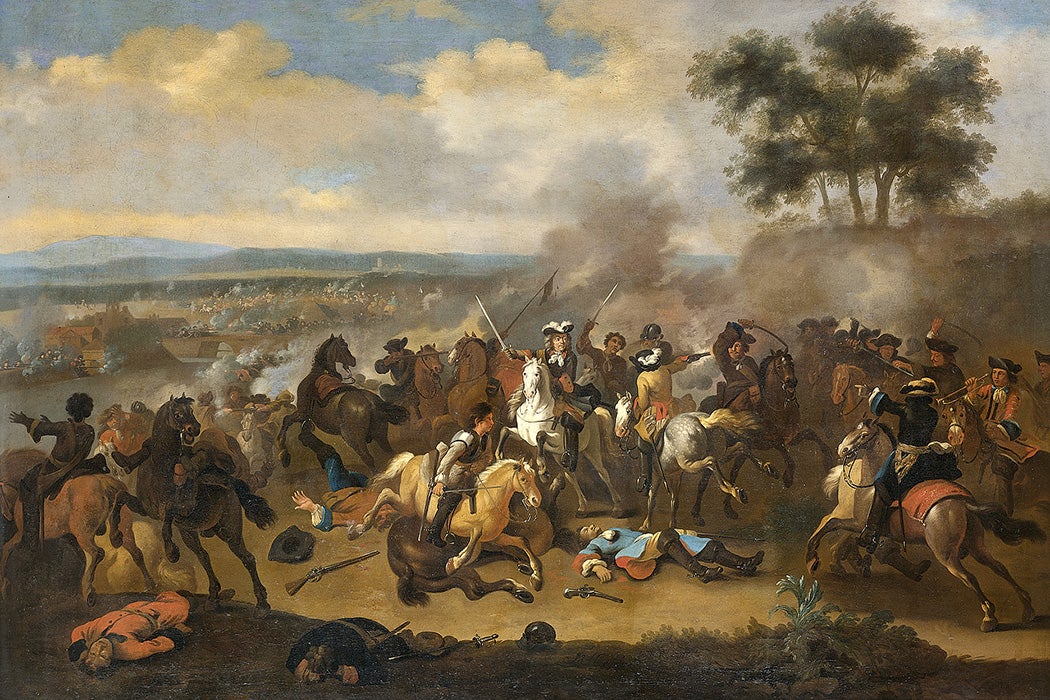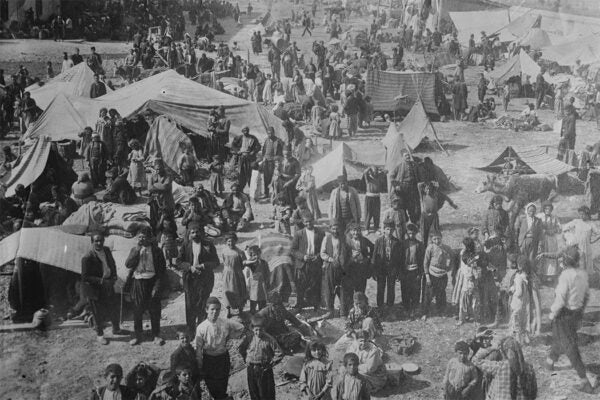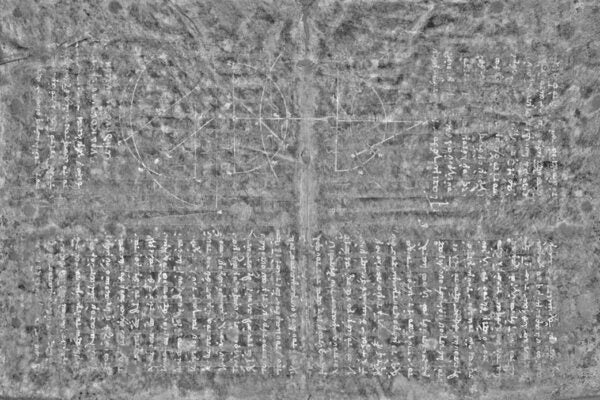From the sixteenth through the nineteenth century, Britain developed an empire on which the “sun never set,” subjugating local peoples from North America to East Africa to Australia. But as three University of Manitoba scholars, Aziz Rahman, Mary Anne Clarke and Sean Byrne, wrote in 2017, it developed many of the methods it used in its colonization much closer to home: in Ireland.
For many centuries, Rahman, Clarke and Byrne write, Ireland’s native Gael population had a clan-based political system, and a legal system known as the Brehon laws. These institutions survived, though in altered form, after the Viking invasion of Ireland between the seventh and eleventh centuries and even continued after the Norman invasion of Ireland in 1179. At that time, English settlers in Ireland often intermarried with the local people and integrated into Irish society.
The real decline of native Irish institutions came after Britain created English and Scottish Protestant settlements in Ulster in the seventeenth century. Beginning in 1603, the Plantation of Ulster allowed these settlers to take over the lands of Gaelic Catholics.
Unlike previous invaders, the authors write, these British Protestants regarded the Catholic Irish as racially inferior. The newcomers rarely intermarried with the locals. In 1649, when Oliver Cromwell’s forces arrived in Ireland, the result was a brutal genocidal campaign.
A few decades later, the military defeat of Irish Catholic forces in the 1690 Battle of the Boyne allowed Britain to impose the Penal Laws on Ireland. They banned Catholics from public office and the legal profession, limited their opportunities for education and for practicing their religion.
The authors compare Britain’s conduct in Ireland with the actions of Canada, as a collection of British colonies and, later, part of the British Commonwealth. While the British Crown recognized the sovereignty of “Indian Nations” in 1763, it also set about displacing First Nations people from their land. Like native Irish, Indigenous North Americans were categorized as racially inferior and banned from participation in many institutions.
Weekly Newsletter
In both parts of the world, Britain used techniques including religious suppression, apartheid-style division, and well-organized violence to gain access to land and its products. In the process, it expelled local people from their land. During the Irish potato famine, a crisis caused largely by British policies that forced Irish farmers to grow crops for export, the empire sent families on dangerous “coffin ships” to North America. In Canada, it pushed Indigenous people onto small reserves, or into urban areas.
Resistance to colonial policies has also taken similar shapes in both places, with Irish and North American native people working to maintain and revive religious practices, languages, land ownership, and cultural traditions. These themes also have resonance around the world—something Irish Republican activists recognized during the 1916 Easter Rising, when they pointed out the similarities between oppression of workers in Ireland and in the Congo, Brazil, and Peru.
Editor’s Note: This article has been changed to correct an error appearing in an original source.
Support JSTOR Daily! Join our new membership program on Patreon today.







